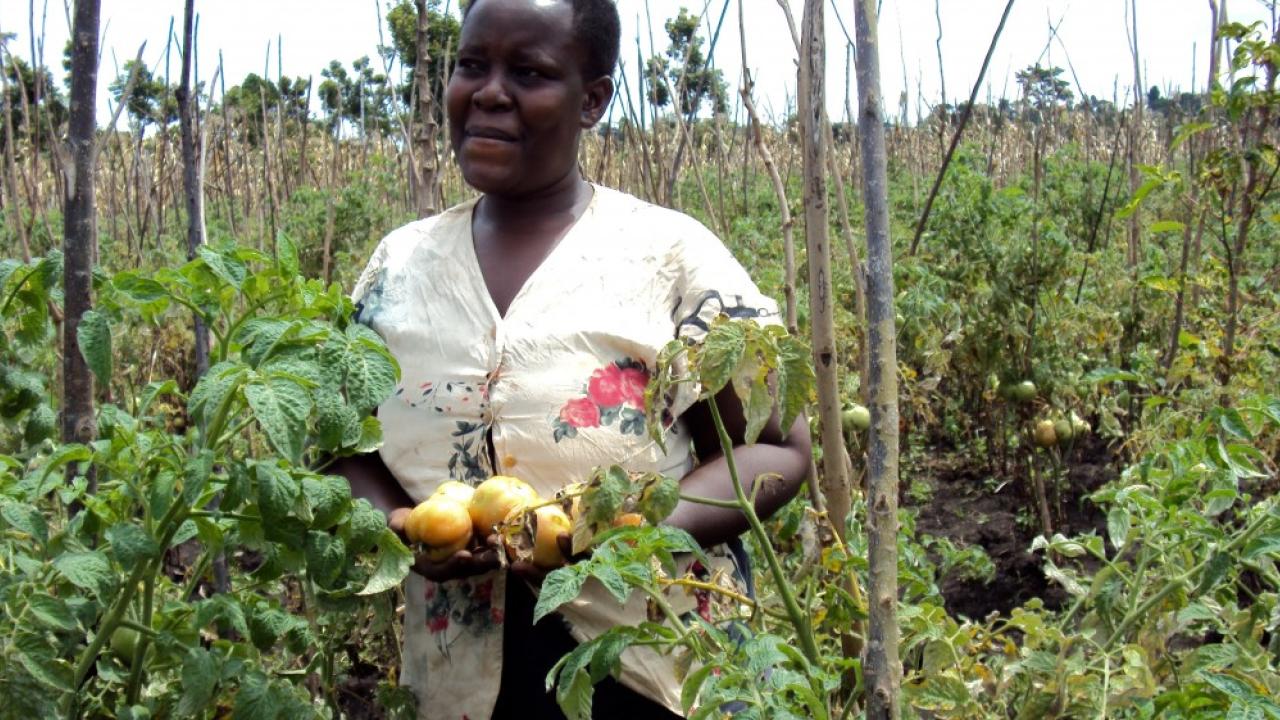
Many proven technologies and improved farming practices hold great promise for boosting agricultural productivity and reducing poverty in developing countries, but the adoption of such technologies by smallholder farmers, especially in Sub Saharan Africa, has been slow, at best. Lack of knowledge, lack of access to markets, credit restrictions, uninsured risks, and problems of coordination with neighbors all emerge as key constraints.
These constraints sometimes act in a complementary manner. For example, improved knowledge is of limited usefulness if farmer training requires the purchase of additional inputs and capital goods. The relaxation of credit restrictions is of limited benefit if farmers do not understand how to use their loans productively. Poverty alleviation activities and programs may achieve greater effectiveness and efficiency through the recognition of these interdependencies.
Project Summary
Drip irrigation is widely considered to be a promising technology for sustainable agricultural intensification, as it can achieve a simultaneous increase of yields and a decrease in input use (water, fertilizer and pesticide), and has a high rate of return on investment and potential for poverty alleviation. However, while highly effective in controlled conditions or in demonstration farms, its adoption by smallholder farmers in developing countries, especially in Sub-Saharan Africa, is still limited. Failures have been attributed to factors such as mismanagement, disregard for agronomic recommendations, lack of maintenance, small plot size, and lack of access to technical support, complementary inputs, spare parts, and markets.
Researchers are now working to analyze the impacts and sustainability of a PAPSEN intervention - a project that combines the implementation of a drip irrigation system in a model farm setting with a locally optimized package of improved inputs and intensive extension services.
Anticipated Impacts
- What are the short and long term impacts of this drip irrigation project on farmers’ incomes, household food consumption and nutritional status? Do farmers make the recommended investments in complementary inputs?
- After the external intervention ceases, do farmers’ groups continue to operate their systems and continue to invest in improved inputs and system maintenance?
- What other factors of farmers associations, such as the group’s history, institutional arrangements or gender composition correlate with the program’s success and sustainability?
